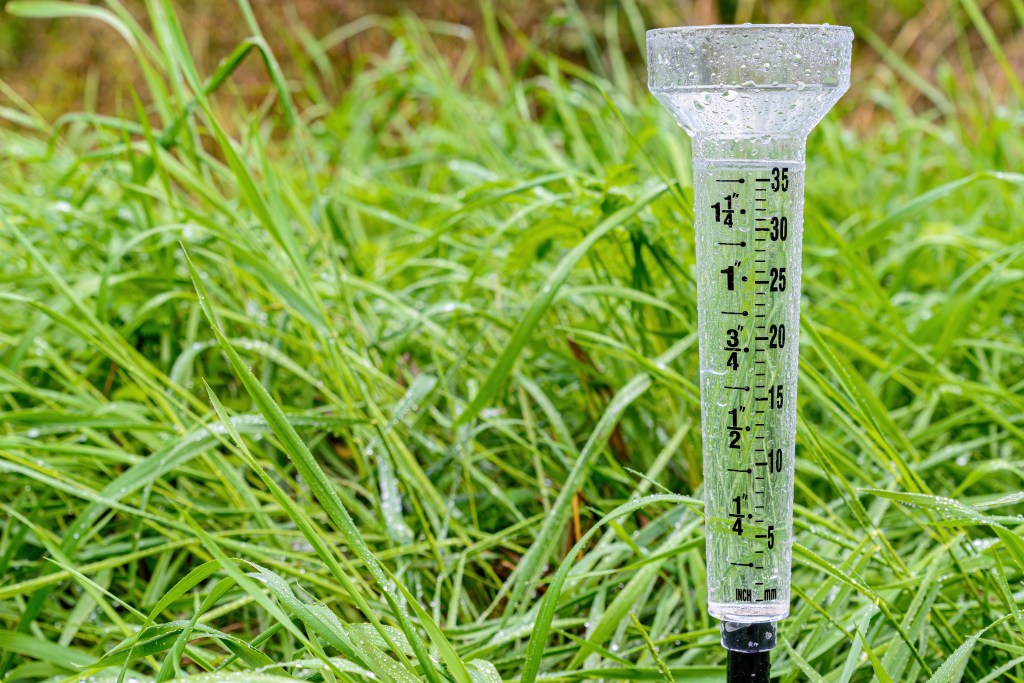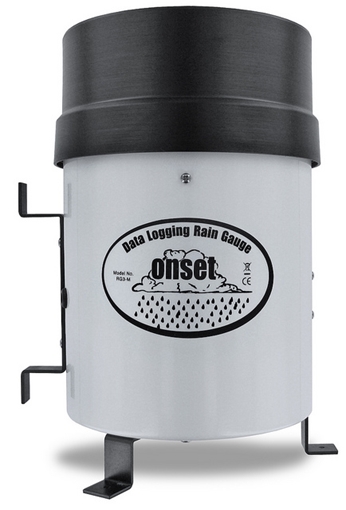Rain Gauge Buying Overview: What You Need to Know for Optimum Performance
Rain Gauge Buying Overview: What You Need to Know for Optimum Performance
Blog Article
Introducing the Scientific Research Behind Rain Assesses: Just How These Gadgets Play a Vital Role in Climate Research Study and Environmental Surveillance
Rainfall evaluates, seemingly easy devices, hold a profound significance in the realm of climate research and environmental monitoring. As we peel off back the layers of this clinical shroud surrounding rainfall assesses, we discover a world where precision, data accuracy, and meticulous monitoring assemble to unveil a deeper understanding of our altering climate and its impact on the earth.
Relevance of Rainfall Scales
Rain assesses play an indispensable duty in monitoring and determining rainfall degrees, providing vital information for climate research and analysis. These tools are fundamental in evaluating the amount of rainfall that happens in a specific location over a certain duration. By accumulating and gauging rainwater, rainfall assesses deal important understandings into the circulation and intensity of rainfall, helping meteorologists, hydrologists, and climatologists in comprehending weather patterns and fads.
One of the crucial reasons that rainfall evaluates are crucial is their capability to supply precise and local data. Unlike satellite or radar-based dimensions, which use broader monitorings, rainfall gauges deal specific info certain to the location where they are positioned. This local information is important for various applications, consisting of flood forecasting, drought surveillance, and water source monitoring. Furthermore, lasting information collected from rainfall assesses aids in examining climate adjustment influences and patterns, adding substantially to clinical research study and decision-making procedures. Basically, rain determines function as necessary tools in the area of weather forecasting and ecological scientific research, playing a vital duty ahead of time our understanding of climate and environment characteristics.
Kinds Of Rainfall Scales

Functionality and Operation
In the world of climate research and atmospheric research studies, the effectiveness of rain assesses lies in their complex performance and precise functional systems. Rain assesses are developed to accurately measure the quantity of precipitation that drops over a details area during a collection duration.
The capability of rain gauges is based upon the principle of gauging and collecting rain in a standard way. This collected data is crucial for recognizing local weather patterns, tracking lasting climate patterns, and analyzing environmental effects. To make sure accurate measurements, rainfall determines need to be tactically positioned in open locations away from obstructions such as buildings or trees that can disrupt the collection process.
The operational facet of rainfall gauges includes regular maintenance to stop particles accumulation, calibration checks to maintain measurement precision, and data tape-recording for evaluation (rain gauge). On the whole, the functionality and operation of rainfall determines are important for gathering reliable precipitation data essential to climate research and environmental monitoring
Role in Climate Research
Given the vital value of precise precipitation measurements in comprehending weather patterns and environmental influences, the duty of rainfall determines in climate study is crucial. Rain evaluates offer necessary data for climate research by quantifying the quantity of precipitation that drops over look these up a particular area throughout an offered duration. This data is important for keeping an eye on long-lasting fads in rainfall patterns, evaluating the impact of environment adjustment on rainfall distribution, and improving environment designs.

Environment researchers use data collected from rainfall gauges to assess variations in precipitation levels, recognize local climate fads, and assess the efficiency of water resource administration strategies. By contrasting historical rainfall information with present dimensions, scientists can detect shifts in rainfall patterns, such as modifications in the frequency or intensity of rainfall occasions. This information is crucial for comprehending just how environment adjustment is influencing rainfall characteristics and can aid policymakers make educated decisions pertaining to adaptation and mitigation methods.
Applications in Environmental Monitoring

In flood projecting, rain gauge data assists to track rains intensity and circulation, enabling authorities to release prompt cautions and take necessary actions to mitigate flood risks (rain gauge). Drought tracking counts on rainfall scale data to assess dampness levels in the soil and track precipitation deficits, assisting in the recognition of drought-prone locations and the application of drought action methods
Additionally, rainfall scale data plays an important function in water source administration by offering info on water accessibility and usage patterns. Furthermore, in agriculture, rain scale information assists farmers in enhancing watering schedules, crop choice, and total farm management methods based on neighborhood precipitation patterns.
Verdict
Finally, rain evaluates are important devices for determining rainfall, supplying useful information for environment research study and ecological surveillance. With numerous kinds and capabilities, rain assesses play a crucial duty in understanding rainfall patterns and their effect on the atmosphere. By properly determining rainfall, these devices add to the advancement of scientific expertise and aid in making informed choices associated to water source management and catastrophe preparedness.
Rain gauges play an essential duty in surveillance and gauging rainfall levels, providing crucial information for climate research and analysis. The conventional rainfall scale, known as the "tipping pail" scale, is one of the most typically used tools. Ultrasonic rain determines usage audio waves to find the existence of rain, supplying real-time information on rainfall degrees.Climate scientists use information collected from rainfall determines to evaluate variations in rainfall levels, identify regional environment trends, and evaluate the efficiency of water source administration approaches.In final thought, rainfall evaluates browse around here are crucial tools for gauging rainfall, giving valuable information for climate research study and ecological other surveillance.
Report this page